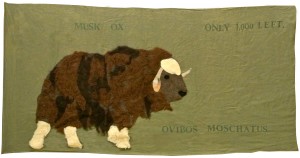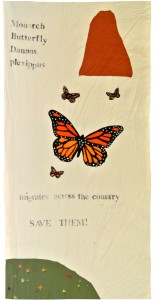
The Florida Panther (Puma concolor coryi) was one of the first species named to the Endangered Species Act in 1973. The panther, also known as the cougar, puma, or mountain lion, once roamed throughout most of North and South America and was divided into numerous subspecies. Panthers were feared and hunted to the point where the Florida Panther is the only remaining subspecies in the eastern United States. There are somewhere between 100 and 180 Florida Panthers remaining
To learn more about the Florida panther go to:
http://www.defenders.org/florida-panther/basic-facts
http://www.biologicaldiversity.org/species/mammals/Florida_panther/
To take action go to:
https://secure.defenders.org/site/Advocacy?cmd=display&page=UserAction&id=2539



